Author: Will Lovell
A cross between Canterbury Golding and a Brewer’s Gold male seedling, Northern Brewer was originally bred in the North of England, hence its name, and was intended specifically for Scottish and Newcastle breweries. However, in the nearly 9 decades since its release, this variety has become one of the most grown in Germany’s Hallertau region and is known to impart beer with pleasant woody, pine, and mint characteristics.
Alpha: 6 – 10%
Beta: 3.0 – 5.0%
Cohumulone: 27 – 32% of alpha acids
Total Oil: 1.0 – 1.6 mL / 100g
Myrcene: 25 – 45%
Humulene: 35 – 50%
Caryophyllene: 10 – 20%
Farnesene: 0.1 – 1%
Linalool: 0.6 – 0.6%
Geraniol: 0.1 – 0.3%
ß-Pinene: 0.4 – 0.7%
Parentage: Canterbury Golding crossed with male seedling of Brewer’s Gold.
I’ve brewed with Northern Brewer many times, and while my experience has largely been with the American grown version, I’ve always appreciated what it imparts to beer. I recently picked up some German Northern Brewer and was excited to see how it would play in a simple pale lager.
| MAKING THE BEER |
Starting with our standard Hop Chronicles Pale Lager recipe, I made adjustments to the kettle hop additions to ensure a proper level of bitterness.
German Northern Brewer Pale Lager
Recipe Details
| Batch Size | Boil Time | IBU | SRM | Est. OG | Est. FG | ABV |
|---|---|---|---|---|---|---|
| 5.5 gal | 60 min | 19.8 | 3.4 SRM | 1.047 | 1.006 | 5.38 % |
| Actuals | 1.047 | 1.006 | 5.38 % | |||
Fermentables
| Name | Amount | % |
|---|---|---|
| Llano Pilsner | 10.75 lbs | 100 |
Hops
| Name | Amount | Time | Use | Form | Alpha % |
|---|---|---|---|---|---|
| Northern Brewer | 6 g | 60 min | Boil | Pellet | 10.2 |
| Northern Brewer | 10 g | 30 min | Boil | Pellet | 10.2 |
| Northern Brewer | 10 g | 5 min | Boil | Pellet | 10.2 |
Yeast
| Name | Lab | Attenuation | Temperature |
|---|---|---|---|
| Global (L13) | Imperial Yeast | 77% | 32°F - 32°F |
Notes
| Water Profile: Ca 53 | Mg 0 | Na 0 | SO4 58 | Cl 50 |
Download
| Download this recipe's BeerXML file |
The night prior to brewing, I collected the full volume of RO water, which I adjusted to my desired profile before weighing out and milling the TexMalt Llano Pilsner malt.
When the water was properly heated the next morning, I incorporated the grains then checked to ensure the mash was at my desired temperature.
During the mash rest, I prepared the kettle hop additions.
Once the 60 minute mash was complete, I removed the grains and proceeded to boil for 60 minutes, adding hops at the times stated in the recipe.
When the boil was complete, I quickly chilled the wort then transferred it to a sanitized Kegmenter.
A refractometer reading showed the wort was at my target OG.
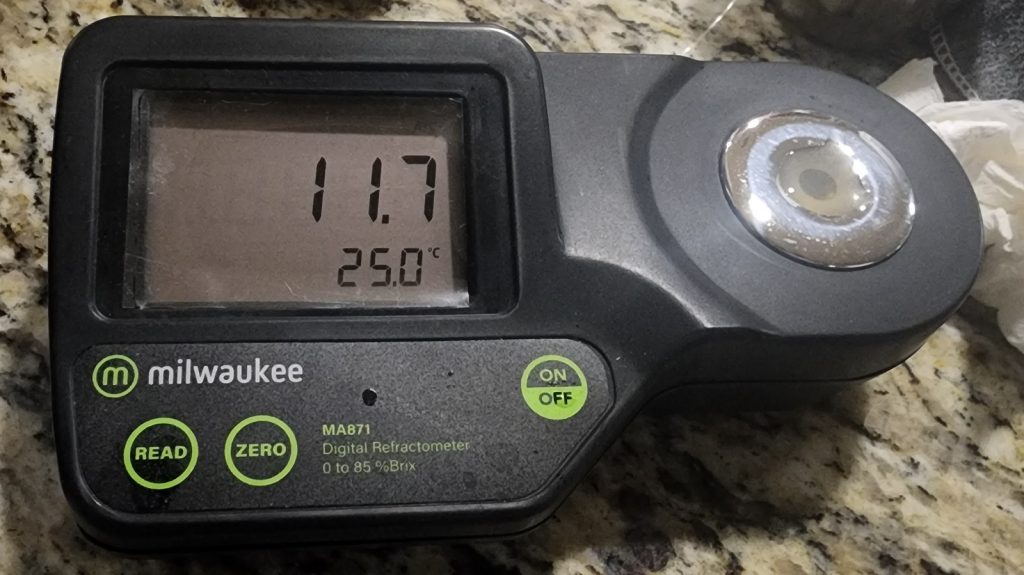
After transferring the wort to a sanitized fermented, I direct pitched a single pouch of Imperial Yeast L13 Global.
The beer was left to ferment at 64°F/17°C for a week before I took a hydrometer measurement confirming FG was reached.
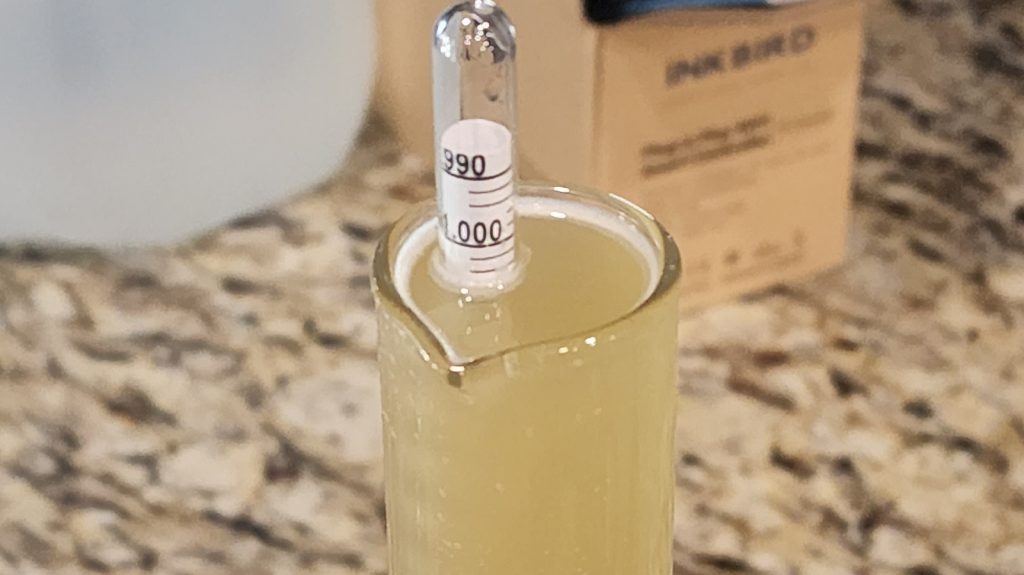
With fermentation complete, I cold crashed the beer then pressure-transferred it to a CO2 purged keg, which was placed in my kegerator and burst carbonated overnight before the gas was reduced to serving pressure. After a couple weeks of conditioning, it was ready to serve to blind tasters.
| METHOD |
Participants were instructed to focus only on the aromatic qualities of the beer before evaluating the flavor. For each aroma and flavor descriptor, tasters were asked to write-in the perceived strength of that particular characteristic on a 0-9 scale where a rating of 0 meant they did not perceive the character at all and a 9 rating meant the character was extremely strong. Once the data was collected, the average rating of each aroma and flavor descriptor was compiled and analyzed.
| RESULTS |
A total of 26 people participated in the evaluation of this beer, all blind to the hop variety used until after they completed the survey. The average aroma and flavor ratings for each descriptor were plotted on a radar graph.
Average Ratings of Aroma and Flavor Perceptions
The 3 characteristics endorsed as being most prominent by participants:
| Aroma | Flavor |
| Citrus | Citrus |
| Apple/Pear | Apple/Pear |
| Tropical Fruit | Floral |
The 3 characteristics endorsed as being least prominent by participants:
| Aroma | Flavor |
| Dank/Catty | Dank/Catty |
| Onion/Garlic | Onion/Garlic |
| Pine + Resinous (tie) | Resinous |
Next, participants were asked to rate the pungency/strength of the hop.
Tasters were then instructed to identify beer styles they thought the hop would work well in.
Finally, participants were asked to rate how much they enjoyed the hop character on a 1 to 10 scale.
My Impressions: The most prominent characteristics I detected in this beer were pine and wood with a hint of mint in the background, which aligns perfectly with existing descriptions for Northern Brewer. I really enjoyed this beer and felt it was quite close to pale lagers I’ve made with traditional noble hops.
| CONCLUSION |
As is the case with most agricultural products, terroir is known to have a big impact on the ultimate character of hops, meaning the same variety grown in different regions can have rather disparate characteristics. Originally bred in England, Northern Brewer is now grown in other countries, most notably Germany, who prize this classic variety for its ability to impart beer with delicate woody, pine, and mint characteristics.
Interestingly, the most prominent characteristics noted by blind tasters of a pale lager that was subtly hopped with Northern Brewer were citrus, apple/pear, and floral, whereas earthy/woody was among the lowest rated descriptors. Likely as a function of the lower hopping rate used for this beer, a majority of tasters felt the hop pungency with mild, and perhaps predictably, pale lager was the style most felt Northern Brewer would work well in, with Pale Ale/IPA coming in a distant second.
As a fan of simple beers, I rather enjoyed this single-hop Northern Brewer pale lager and felt it matched existing descriptors fairly well, though I’m sure this was influenced by my awareness of the hop during my own evaluation. There was nothing particularly outstanding about this beer, so I can understand the moderate preference ratings of the blind tasters, but I was pleasantly surprised with how well Northern Brewer played with such a simple grist and will definitely be brewing with this variety more in the future.
Northern Brewer hops are available now at Yakima Valley Hops, get some while you can! If you have any thoughts on this variety, please feel free to share them in the comments section below.
Support Brülosophy In Style!
All designs are available in various colors and sizes on Amazon!
Follow Brülosophy on:
FACEBOOK | TWITTER | INSTAGRAM
If you enjoy this stuff and feel compelled to support Brulosophy.com, please check out the Support page for details on how you can very easily do so. Thanks!



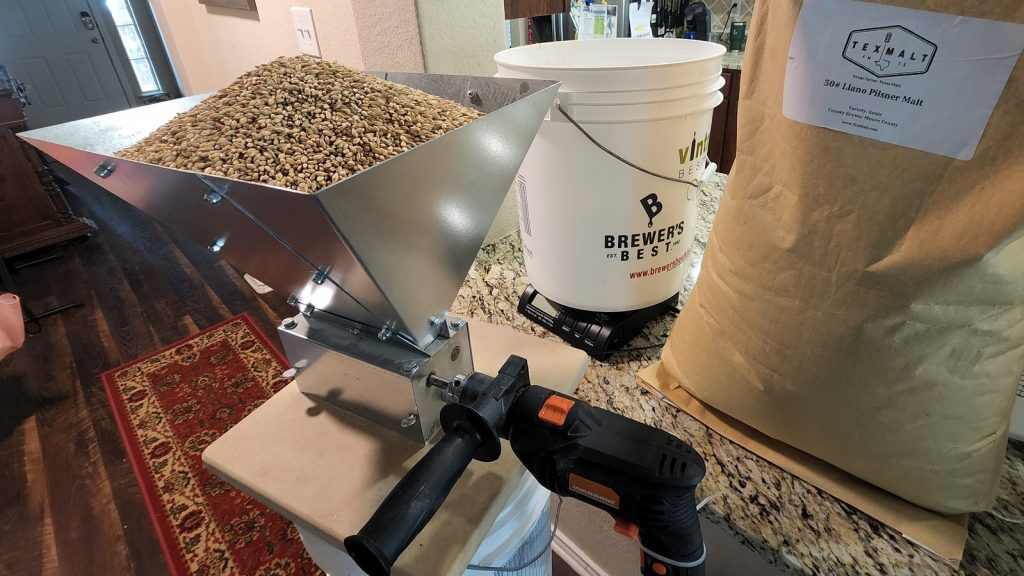
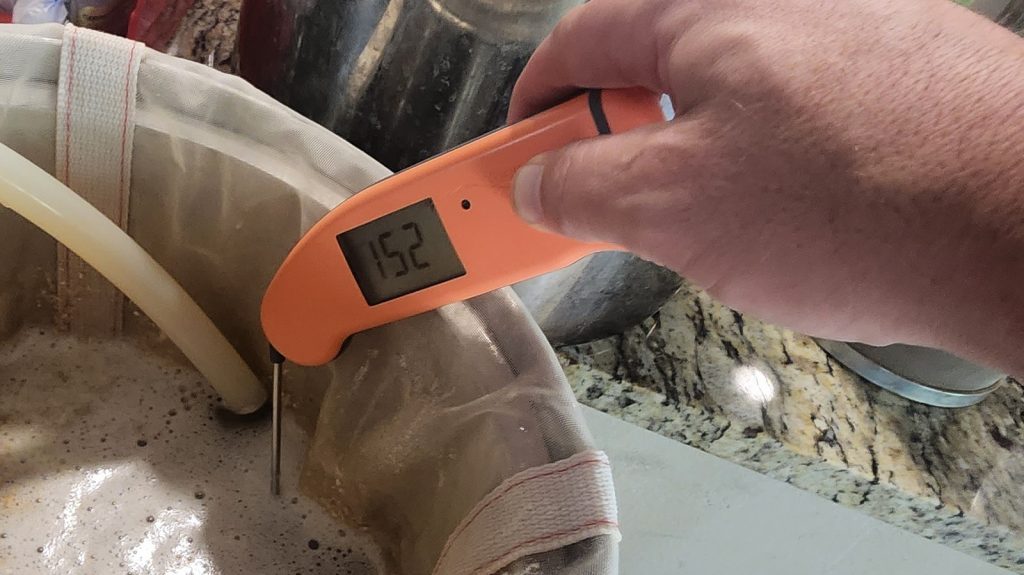
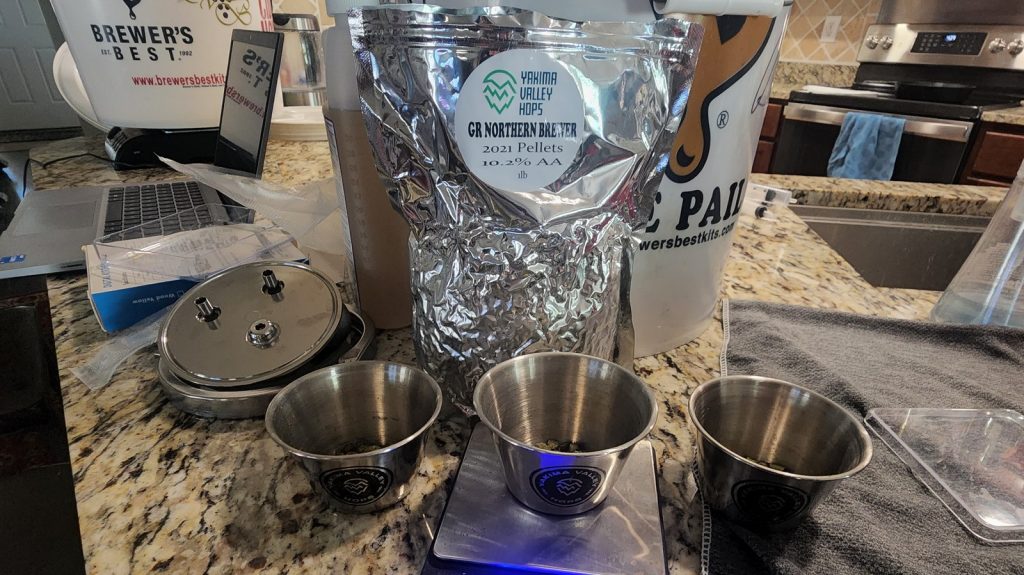
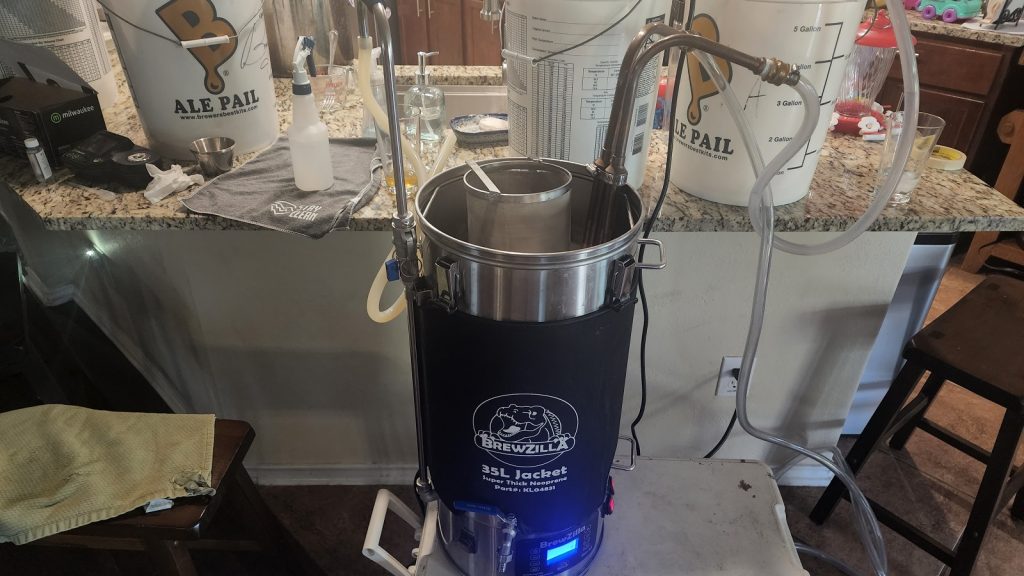

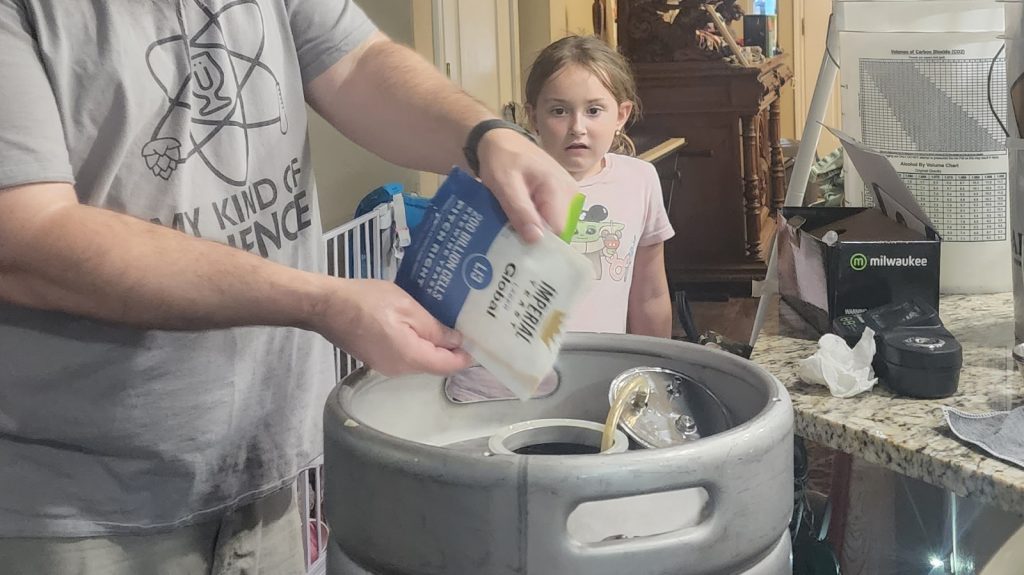
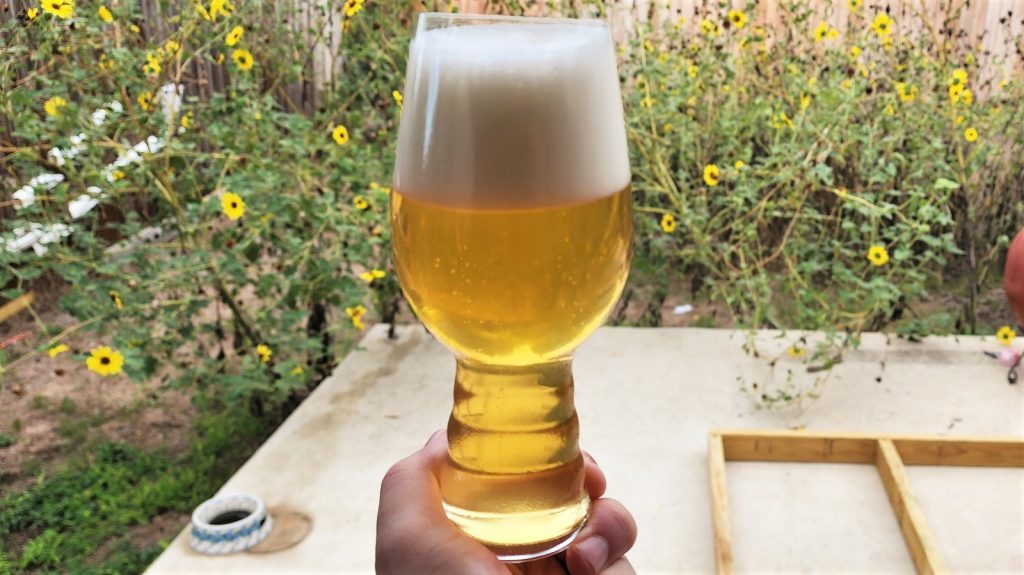

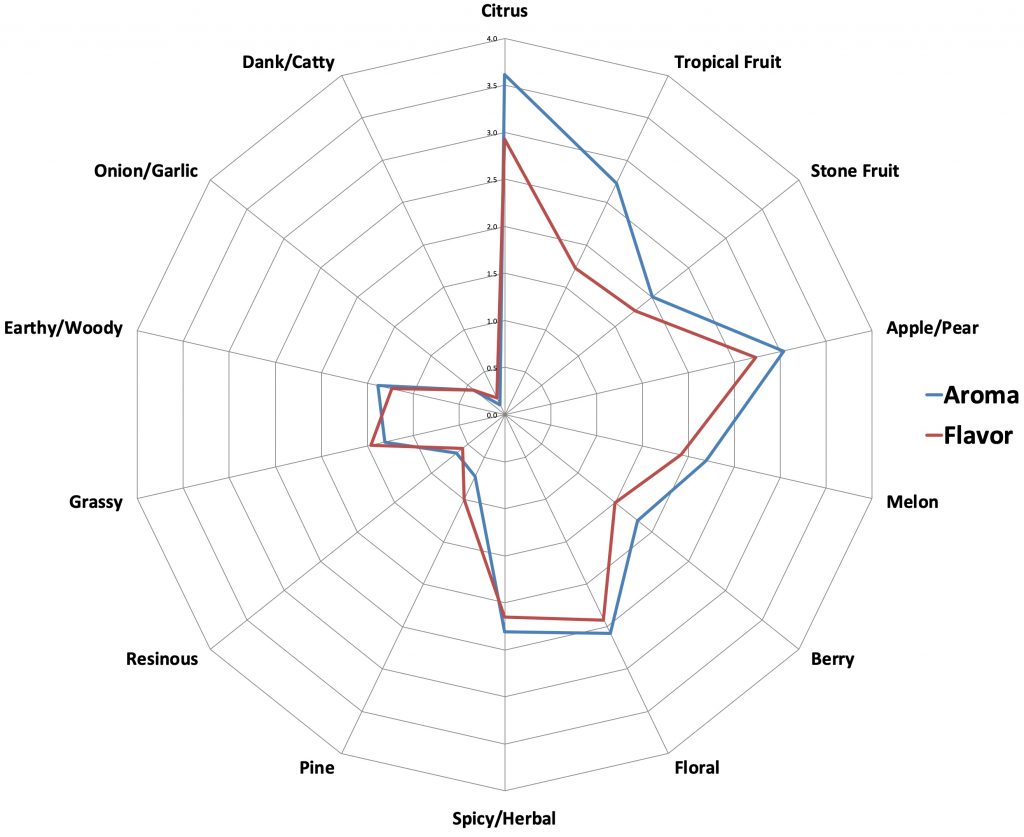
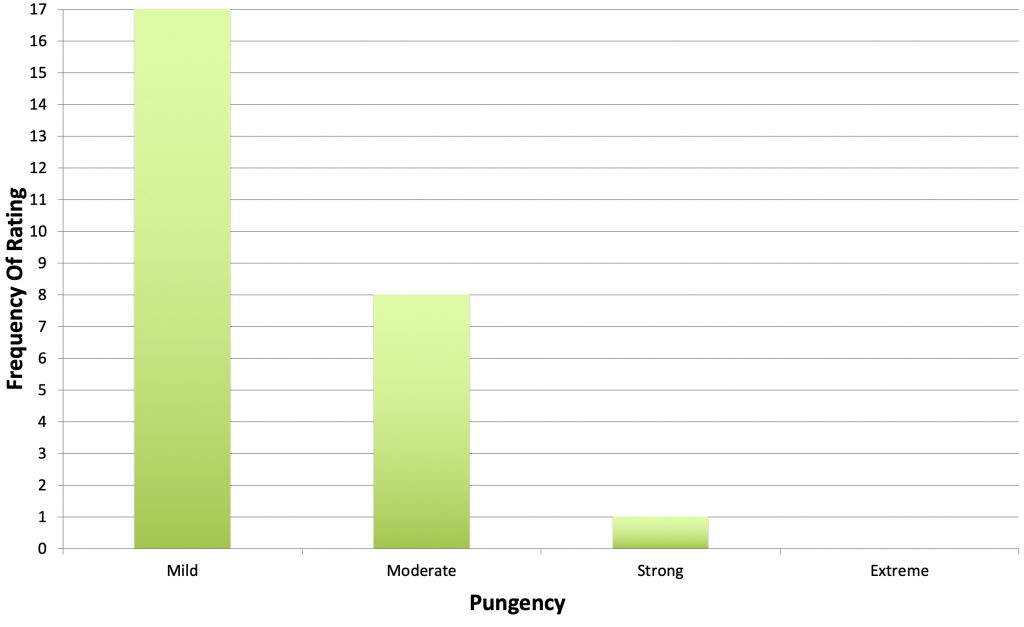
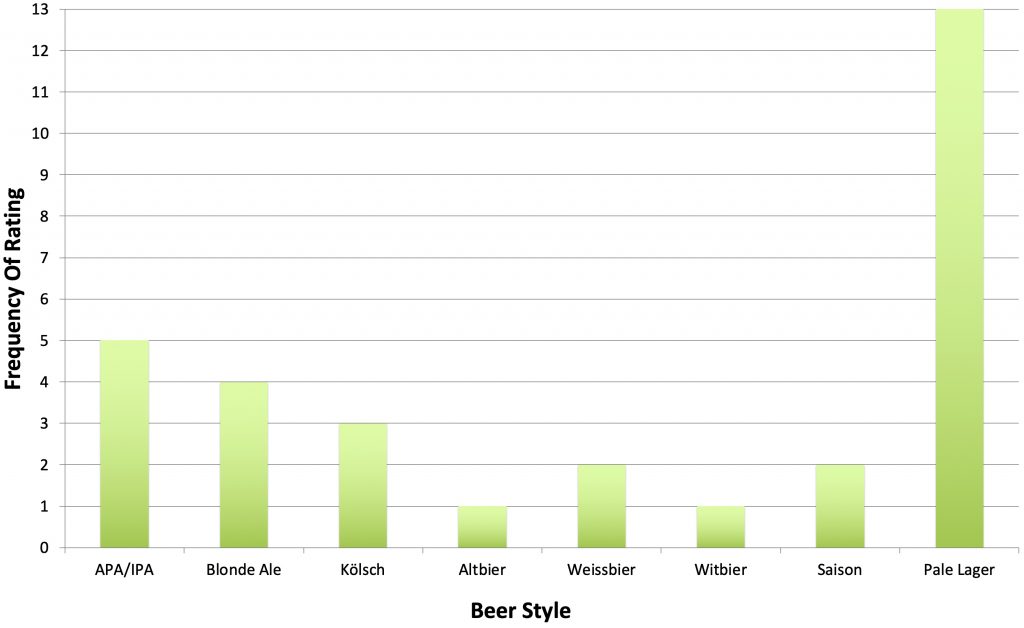
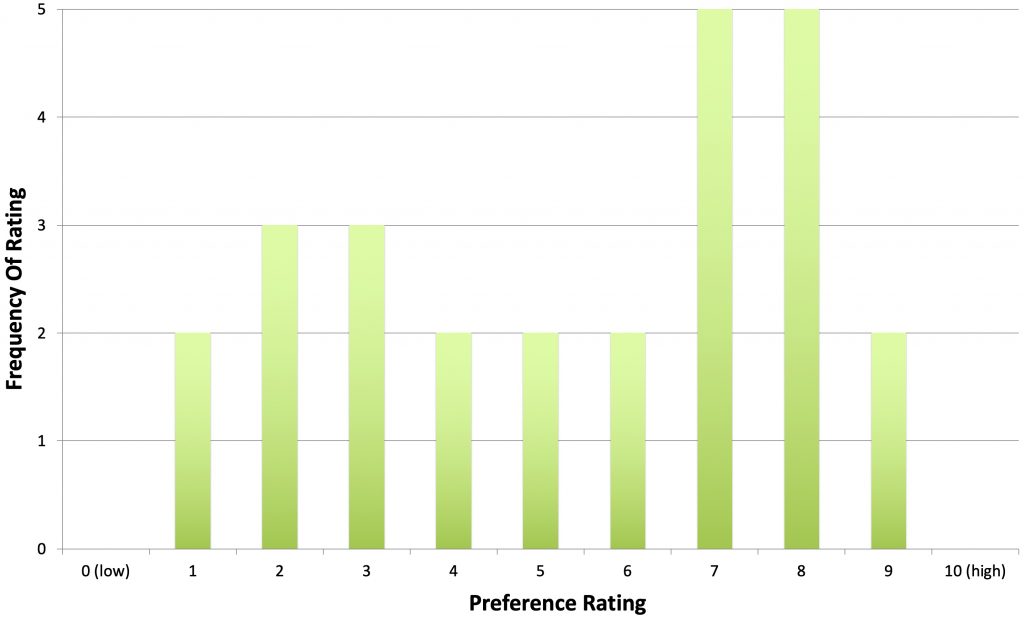











5 thoughts on “The Hop Chronicles | German Northern Brewer (2021) Pale Lager”
Thanks for evaluating this hop (and for your excellent reviews in general). I’ve used Northern Brewer many times in a Cali Common / Steam beer recipe and each time I brew it I up the dosage of the hops and put more in later and later. I seem to never get the pine notes from it, but it seems it might just be me and that they are indeed actually there. I’ll keep trying!
Very interesting that the most prominent notes identified by tasters were the citrus, apple/pear, and floral. Based on my experience with NB, I would’ve expected the woody/earthy and maybe subtle mint, as you identified. I’d be interested to see this repeated with larger hopping rates, say double the amount of hops. Nice article!
We still need to explore this hop using ourTHC APA recipe, so stay tuned.
I am very surprised citrus, tropical fruits, and apple scored highest in flavor/aroma, as I’ve not gotten these from G-NB. Do you think participants are primed to look for these based on results from past HC posts?
In 14 of the last 15 hop chronicles, tasters have chosen “citrus” as the most prominent flavor character.
Perhaps it is time to consider a different way of asking for flavor feedback. Maybe have tasters come up with their own written descriptions rather than picking from a list of characteristics. As is, the method seems to lead tasting into lumping various flavors of different hops into a couple broad categories when I believe the intent of The Hop Chronicles is quite the opposite – to identify and describe the unique characteristics that may lead a brewer to choose a particular hop.